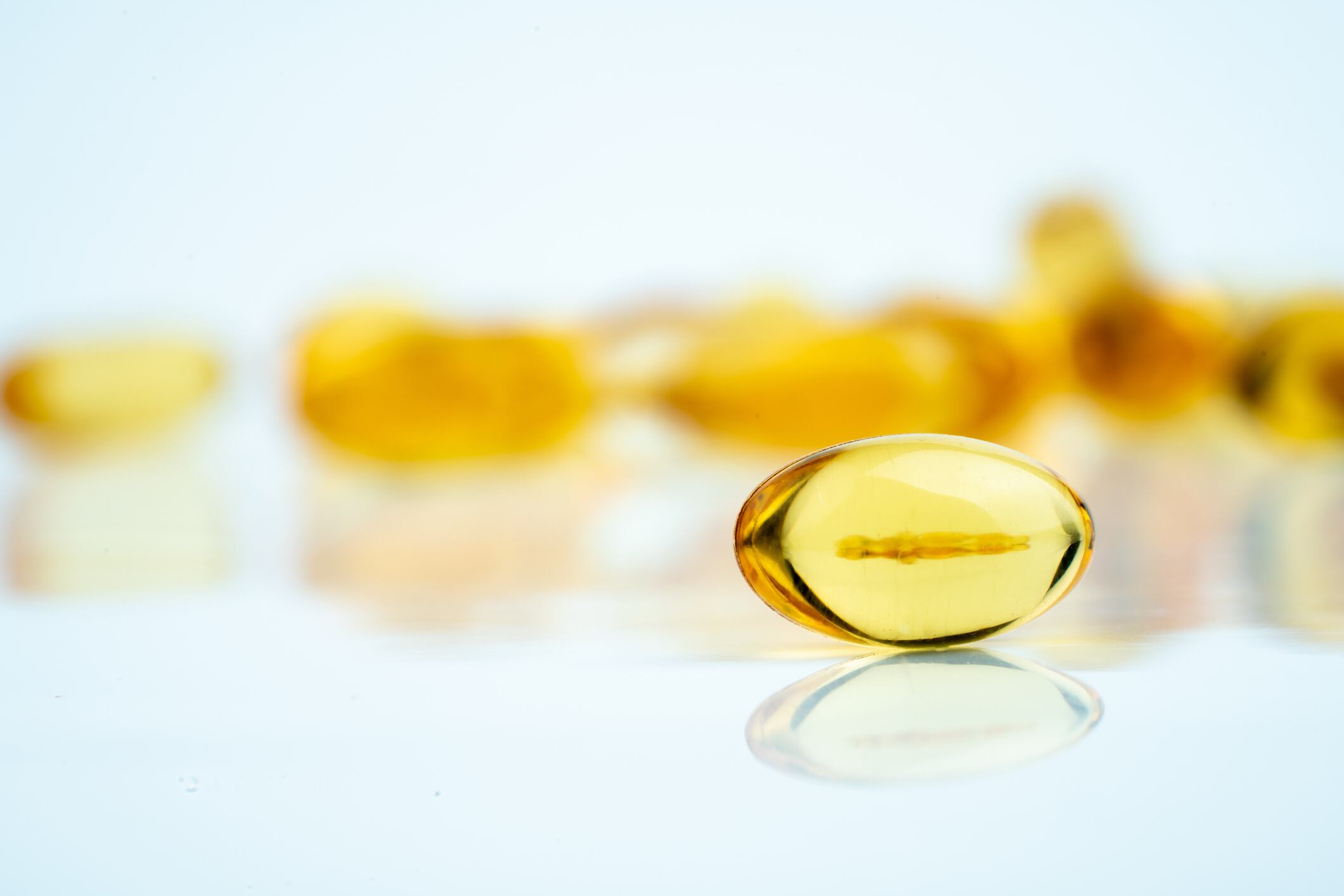The “Industry Advisory on accurate quantification of EPA, DHA and Total Omega-3 content of omega-3 oils by GC-FID” was developed because, in the opinion of expert analytical chemists in the industry, the variability in results observed in the AOCS GOED Nutraceutical Oils Laboratory Proficiency Program (LPP) is too high, "indicative of the fact that a portion of laboratories do not know how to properly set up their instrument and carry out the sample preparation and analysis".
The advisory contains practical approaches and tips from analytical chemists with the highest and sustained, multi-year proficiency in EPA and DHA quantification in the annual AOCS GOED Nutraceutical Oils Laboratory Proficiency Program.
All companies that test for EPA, DHA and Total Omega-3 in their own laboratory are advised to participate in the AOCS GOED Nutraceutical Oils LPP. A laboratory that has its GC instrument correctly set up should be able to achieve an accurate value, i.e. within 2% of the LPP consensus value.
It is easy to carry out the method perfectly but get the wrong result when the instrument is not correctly set up. In 2021, there were only three laboratories (of 29) that were within ± 5 mg/g from the consensus value for all six test samples.
The advisory complements information in GOED’s Guidance Documents around testing the quality of EPA/DHA omega-3 oils.
The challenge of oxidation
Oxidation is a key concern in the manufacture of omega-3 supplements as it negates the nutritional benefits and produces volatile compounds with off-flavours and undesirable odours.
Omega-3 products usually contain antioxidants and have specialised manufacturing that helps manage the oxidation process. There is some concern that oxidative products from lipids could be harmful, but this is being debated in the scientific literature.
Current evidence suggests the potential for harm is related to dose, local concentration and type of oxidation product, as well as the activity of our own antioxidant defences.
Measuring oxidation in EPA and DHA oils is complex due to the wide variety of products available, but there are three primary analytical measures used to measure oxidation in omega-3 oils: the Peroxide Value (PV), the para-Anisidine Value (pAV) and TOTOX (total oxidation number).
Currently, peroxide value and p-anisidine values are the most commonly used when measuring oxidation, according to GOED.
The omega-3 industry has voluntarily established lower limits for oxidation than exist for other edible oils: Peroxide value of 5 meq/kg; p-Anisidine Value of 20; and TOTOX value of 26.
The detail
The peroxide value is a measurement of how much peroxide is present in oil. This is a measure of primary oxidation because when polyunsaturated fatty acids oxidize, the first compounds created are peroxides.
The problem, however, is that while the peroxide value initially increases as oil oxidizes, it could decrease as the peroxides are consumed during further oxidative reactions so a low peroxide value is not necessarily an indicator of high quality oils.
On the other hand, the p-anisidine value is determined by measuring the light absorbed by the EPA and DHA oils.
It primarily measures the presence of 2-alkenals and 2,4-alkadienals, which are secondary oxidation products that react with para-anisidine in acidic conditions to turn yellow.
GOED only recommends this test for EPA and DHA oils in triglyceride or ethyl ester form that do not contain natural pigments or added ingredients.
The TOTOX number, on the other hand, integrates both parameters into one value, which is helpful to express the overall oxidative quality of the oil product.


